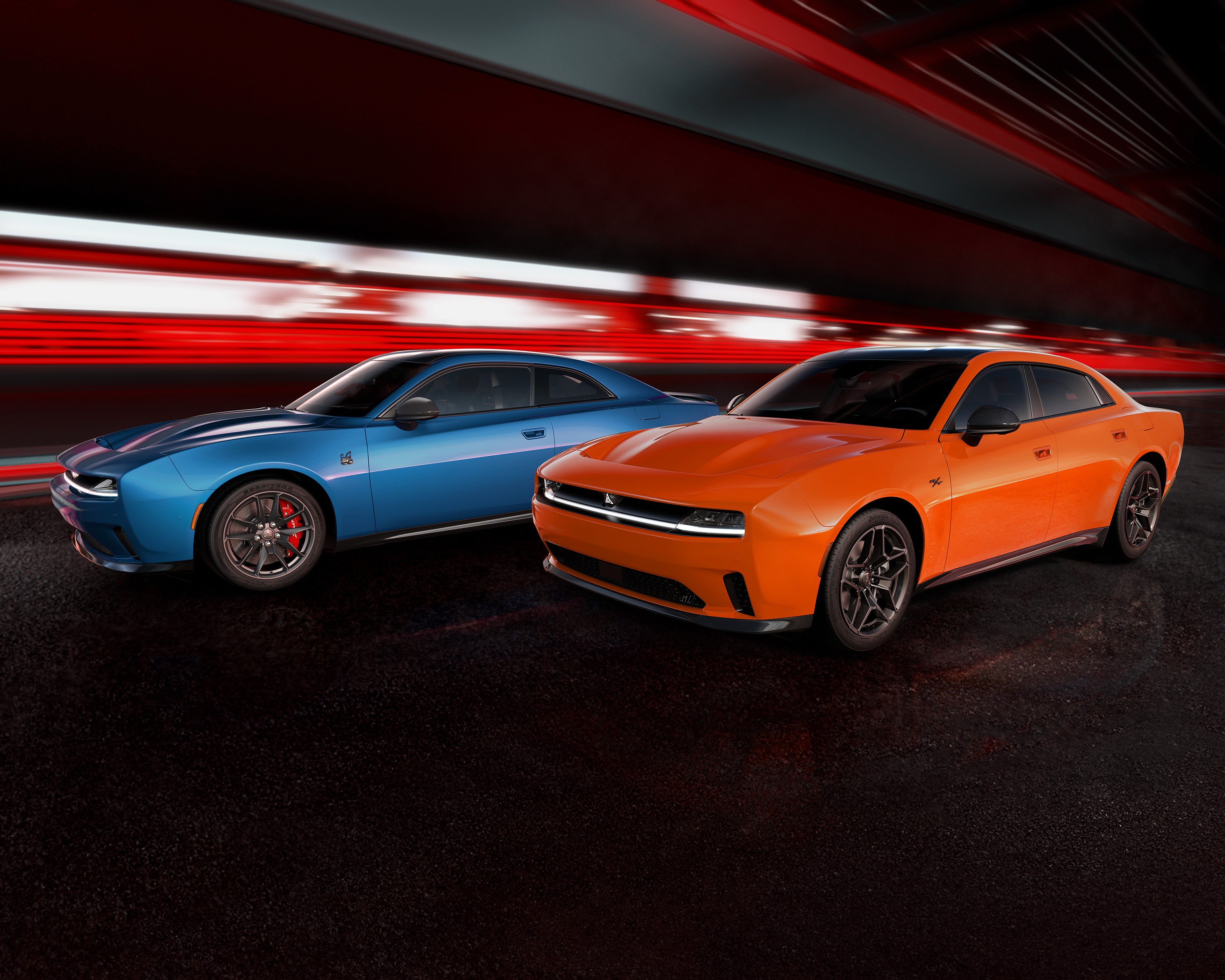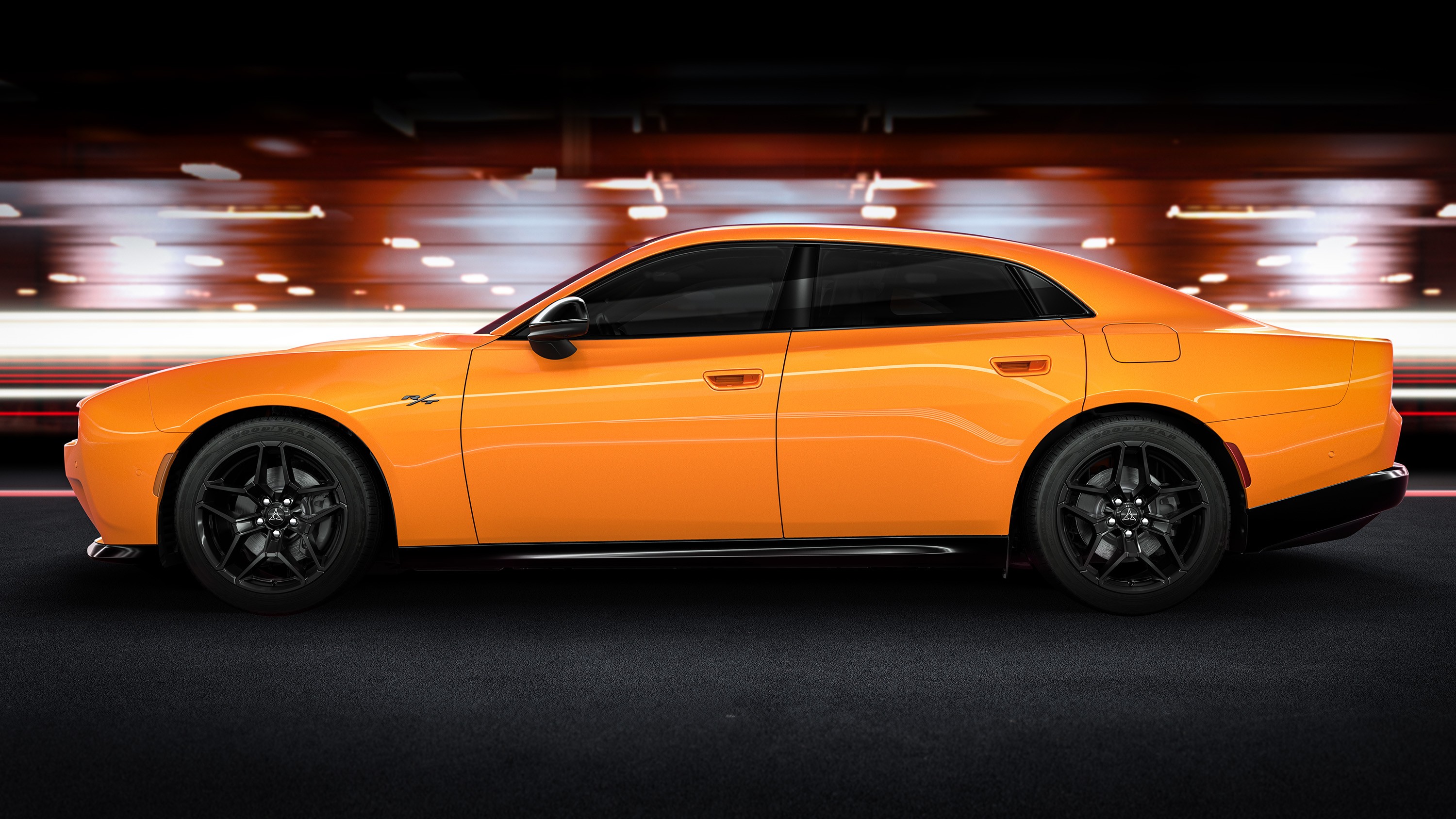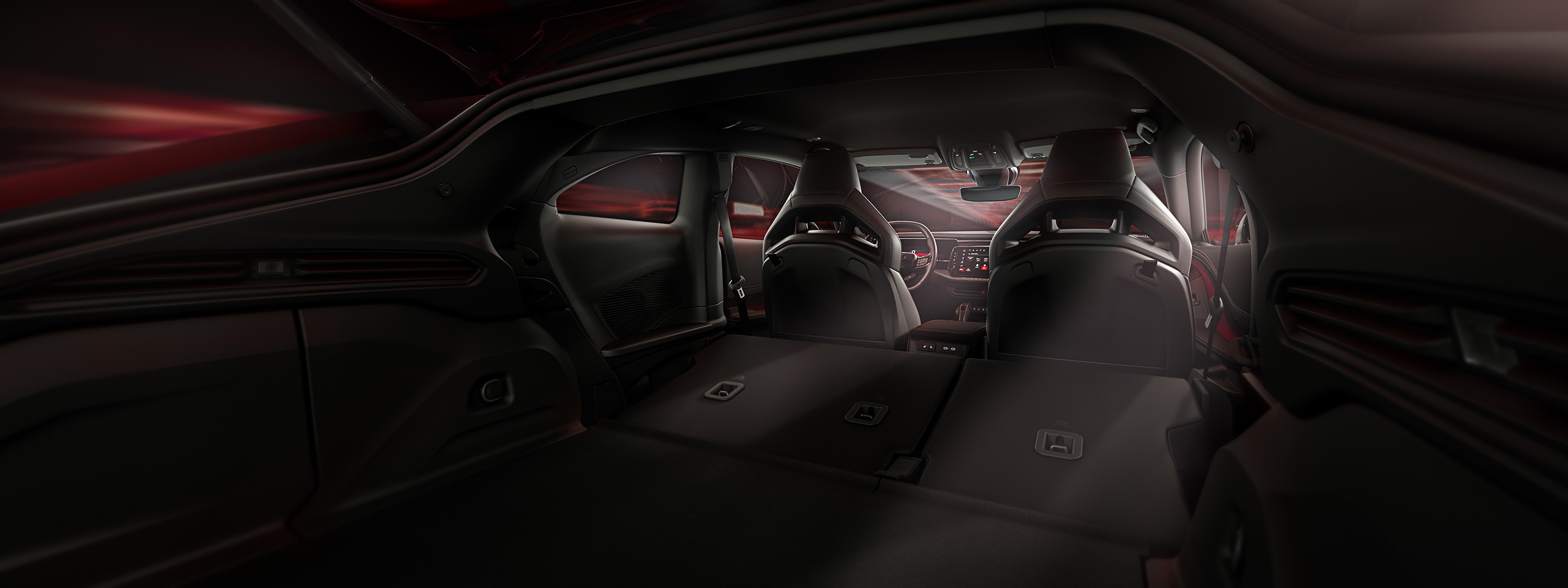The Kia Stinger was undeniably a remarkable vehicle. For those in the know, it represented one of the most exciting car introductions in recent memory. It was a true GT in sedan form, boasting a sleek liftback design and a potent twin-turbocharged V6 engine. Adding to its appeal was the availability of all-wheel drive, a feature rarely found outside of premium German brands at that price point. What truly elevated the Stinger was its origin – Kia, a brand not traditionally associated with high-performance grand tourers.
 2020 Kia Stinger GTS
2020 Kia Stinger GTS
Unfortunately, despite critical acclaim, the Kia Stinger faced disappointing sales figures. Consumer perception, brand biases, and the overwhelming shift towards crossovers in the automotive market led to its discontinuation after the 2023 model year. It seemed like the market wasn’t quite ready for such a unique and fun offering from Kia. However, the spirit of the Stinger might just live on, surprisingly, in the new Dodge Charger. It might seem unconventional to compare a discontinued Korean performance sedan with a brand-new Dodge, especially one that isn’t even available yet. But let’s delve deeper.
Image alt text: Front three-quarter view of two 2021 Kia Stinger models, a GT1 in silver and a GT2 in red, highlighting their aggressive front fascia and headlights.
The unveiling of the all-new Dodge Charger and its specifications revealed a striking resemblance to the void left by the Kia Stinger. At their core, the fundamental concepts are remarkably similar. The Kia Stinger offered a choice between a 2.5-liter 300 horsepower turbocharged inline-four as the base engine and a more powerful 3.3-liter 365 hp V6. Both engine options could be paired with optional all-wheel drive.
 2024 Dodge Charger Coupe and Sedan
2024 Dodge Charger Coupe and Sedan
Dodge, with the new Charger, is offering two variations of its 3.0-liter twin-turbo Hurricane inline-six engine. While initial information from the official Dodge website suggests the high-output version might be exclusive to the two-door Charger, further clarification is needed. Regardless, the Hurricane I6 delivers impressive power, with options of 420 hp and a staggering 550 hp in the high-output configuration. Both engines come standard with all-wheel drive and an eight-speed automatic transmission, mirroring the Stinger’s performance-oriented setup.
 2024 Dodge Charger R/T Sedan
2024 Dodge Charger R/T Sedan
Both the Stinger and the Charger sedan share the practical and stylish four-door liftback design (or hatchback, depending on preference – Dodge cleverly markets the Charger’s as a “hidden hatch”). In terms of size, the Charger sedan surpasses the Stinger significantly. With a 121-inch wheelbase and an overall length of 206.6 inches, the Charger dwarfs the Stinger’s 114.4-inch wheelbase and 190.2-inch overall length. Despite its larger dimensions, the Charger’s cargo space doesn’t proportionally outgrow the Stinger’s.
 2024 Dodge Charger Interior
2024 Dodge Charger Interior
Interestingly, the Kia Stinger holds a slight edge in cargo capacity. With the rear seats upright, the Stinger offers 23.3 cubic feet of space compared to the Charger’s 22.8 cubic feet. Folding the rear seats expands this to 40.9 cubic feet in the Stinger and 37.4 cubic feet in the Charger. The Charger EV version compensates slightly with an additional 1.4 cubic feet in its front trunk (frunk).
Ultimately, Dodge has inadvertently created an American successor to the Kia Stinger, embodying the desirable combination of a practical body style and performance. The availability of the same powertrain in a coupe body style further broadens its appeal. While the iconic Hemi V8 engines are no longer part of the equation, the new Charger offers a unique proposition: a large, all-wheel-drive sedan with a liftback and a potent inline-six engine – a combination virtually nonexistent among other American automakers. If Dodge prices the gasoline-powered Chargers competitively when they launch in 2025, they might just capture the hearts of enthusiasts who mourned the loss of the Kia Stinger and are seeking a worthy successor in the market.

